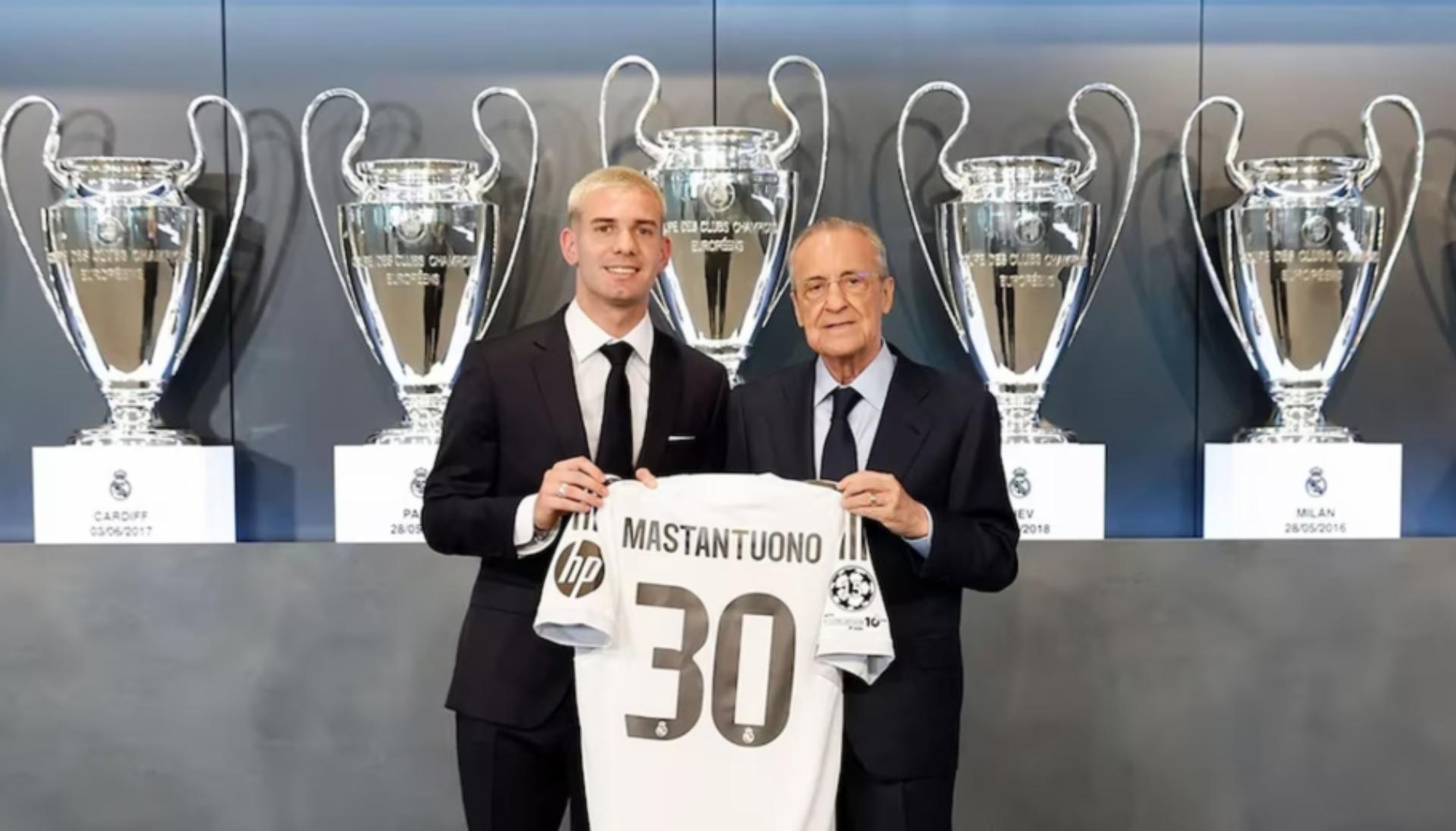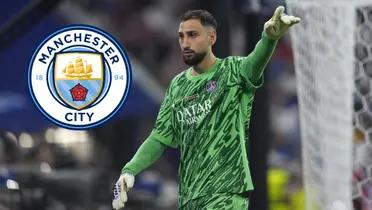Messi in Copa Libertadores: When could the league join the tournament?
Discover when MLS could join Copa Libertadores: what do they need to join? Challenges and opportunities.

Copa Libertadores, South America’s most prestigious club tournament, may welcome Major League Soccer (MLS) and Liga MX as participants starting in 2027. According to sources close to Conmebol, this proposal is part of an initiative to transform the tournament format into something more akin to the UEFA Champions League.
The possible return of Liga MX and MLS’s historic debut
After an eight-year absence, Liga MX could rejoin Libertadores, a tournament where Mexican clubs left their mark from their first participation in 1998 until their withdrawal in 2016. However, returning won’t be easy due to commitments with the Concacaf Champions League and FIFA’s restrictions on inter-federation competitions.
For MLS, joining the tournament would be a historic milestone. U.S.-based teams have never competed in this event, but Conmebol’s push for the globalization of South American football aims to attract new audiences. The presence of international stars like Lionel Messi could be pivotal in cementing this expansion.

Changes in format and schedule
The biggest challenge in integrating MLS and Liga MX lies in logistics and scheduling. Currently, Libertadores follows a calendar-year format, making it difficult for Concacaf clubs to participate. To address this, Conmebol is considering a significant overhaul: adopting a league format similar to the Champions League, featuring a structured group stage followed by knockout rounds.
This revamped format wouldn’t be implemented before 2027, as current broadcast contracts remain in effect until December 2026. Additionally, three teams from MLS and three from Liga MX are expected to be included in the tournament, fostering competitiveness and reducing logistical strain for participating clubs.
Challenges and expectations
The inclusion of MLS and Liga MX teams in Copa Libertadores presents several challenges. These include travel costs, calendar alignment, and negotiations with Concacaf, which has historically blocked such participation to protect its tournaments.
However, the potential benefits are enormous. Beyond raising the sporting level, the presence of North American clubs would attract new sponsors and expand the tournament’s audience in key markets like the United States and Mexico. It would also set the stage for historic matchups, including Messi’s possible Libertadores debut with Inter Miami, offering an unprecedented media spectacle.

The importance of Libertadores for Liga MX
Liga MX’s relationship with Copa Libertadores has been bittersweet. For nearly two decades, Mexican clubs demonstrated their competitiveness, reaching finals and semifinals on multiple occasions. However, they never managed to win the trophy, leaving unfinished business.
A return to the tournament would give Mexican teams the opportunity to compete against South America’s best once again and reclaim their place among the continental elite. Moreover, it would strengthen ties between American federations and promote a more integrated football landscape across the Americas.
What you need to know about MLS in Copa Libertadores
- When could MLS and Liga MX join Copa Libertadores? As early as 2027.
- What format changes are expected? Conmebol plans to adopt a Champions League-style format.
- When do current broadcast contracts end? December 2026.
- How many teams from each league would participate? Three teams from MLS and three from Liga MX.
- Could Messi debut in Libertadores? Yes, with Inter Miami.
- What factors are required for participation? Adjusted schedules and agreements with Concacaf.
- What’s Conmebol’s goal for this integration? To attract new audiences and sponsors through tournament globalization.
- When did Liga MX last participate in Libertadores? In 2016.
- What challenges does the integration face? Logistics, costs, and aligning tournament schedules.
- What benefits could this bring? Elevated football quality and expanded connections across the Americas.
More news

THE GANG IS HERE! First Argentine Stars Arrive in Buenos Aires for Final Qualifier Push!
01/09/2025

TRANSFER COLLAPSES! Julio Enciso Fails Medical Exams, Returns to Brighton!
27/08/2025

Vini doesn't feel entirely comfortable at Real Madrid anymore and is seeking a future at another club
26/08/2025

HERE WE GO! Piero Hincapié Says YES to Arsenal, Club Prepares Final Bid for Leverkusen Star!
26/08/2025

THE REAL MADRID SHOWDOWN: Nico Paz's Future Sparks a Bidding War Across Europe!
25/08/2025

SOUTH AMERICAN SHAME: Independiente vs. U. de Chile Match Canceled After Horrific Incidents!
21/08/2025

Rodrygo Benched by Xabi Alonso: The End of an Era at Real Madrid?
20/08/2025

PARIS IN PARIS! The New Superclub, Paris FC, Rises to Threaten PSG-Marseille Rivalry!
20/08/2025

PSG’s €850M Budget is 30x Larger Than the Smallest in Ligue 1!
19/08/2025

THE DEBUTS ARE HERE! Estupiñán & Modrić Step Onto the San Siro Stage!
18/08/2025

CONTROVERSY IGNITES! Barcelona Opens Season with a Contested 2-0 Victory Over Mallorca!
18/08/2025

SCANDAL ESCALATES: Donnarumma's Harsh Letter Responds to Luis Enrique's Super Cup Snub!
15/08/2025

Franco Mastantuono: A New Number 30 for Real Madrid with a Nod to the Past
14/08/2025

HISTORY MADE! PSG Wins First-Ever Super Cup Title in Thrilling Penalty Shootout!
14/08/2025

Mastantuono Arrives at Valdebebas for Real Madrid Presentation
13/08/2025

ON AND OFF THE PITCH: Is Nicki Nicole the New WAG of Barcelona's Lamine Yamal?
13/08/2025

Donnarumma Bids Farewell to Paris Saint-Germain at the Peak of His Career
13/08/2025

THE ULTIMATUM: PSG Puts Donnarumma on the Transfer Market for a Bargain Price!
13/08/2025



